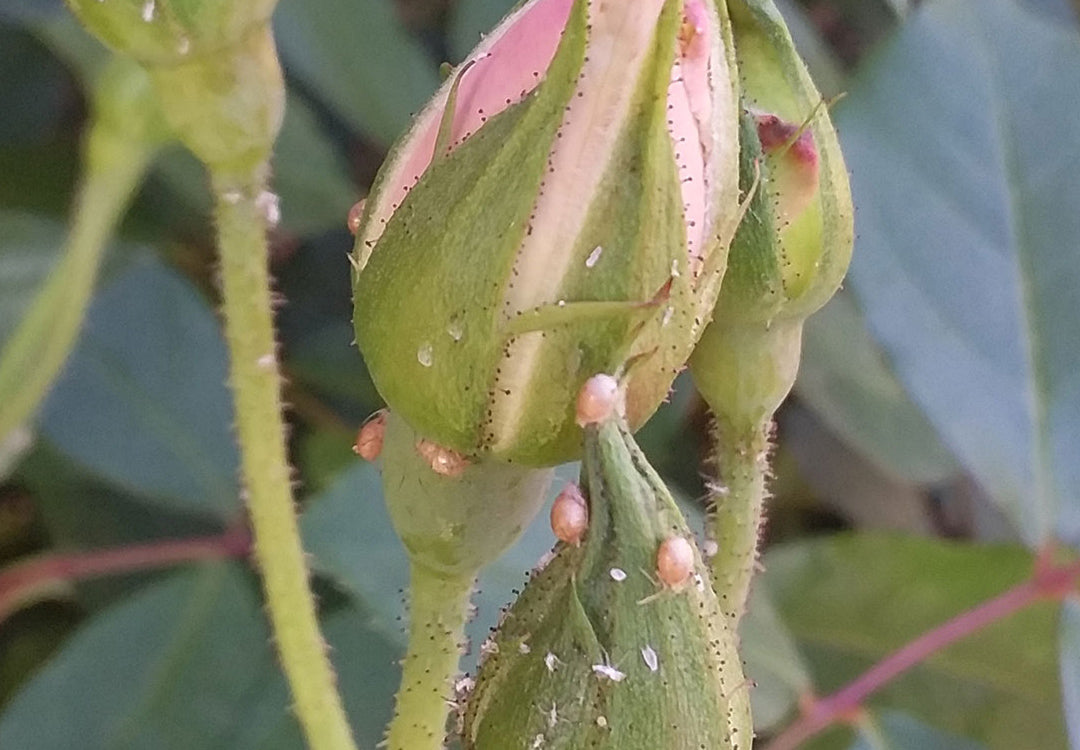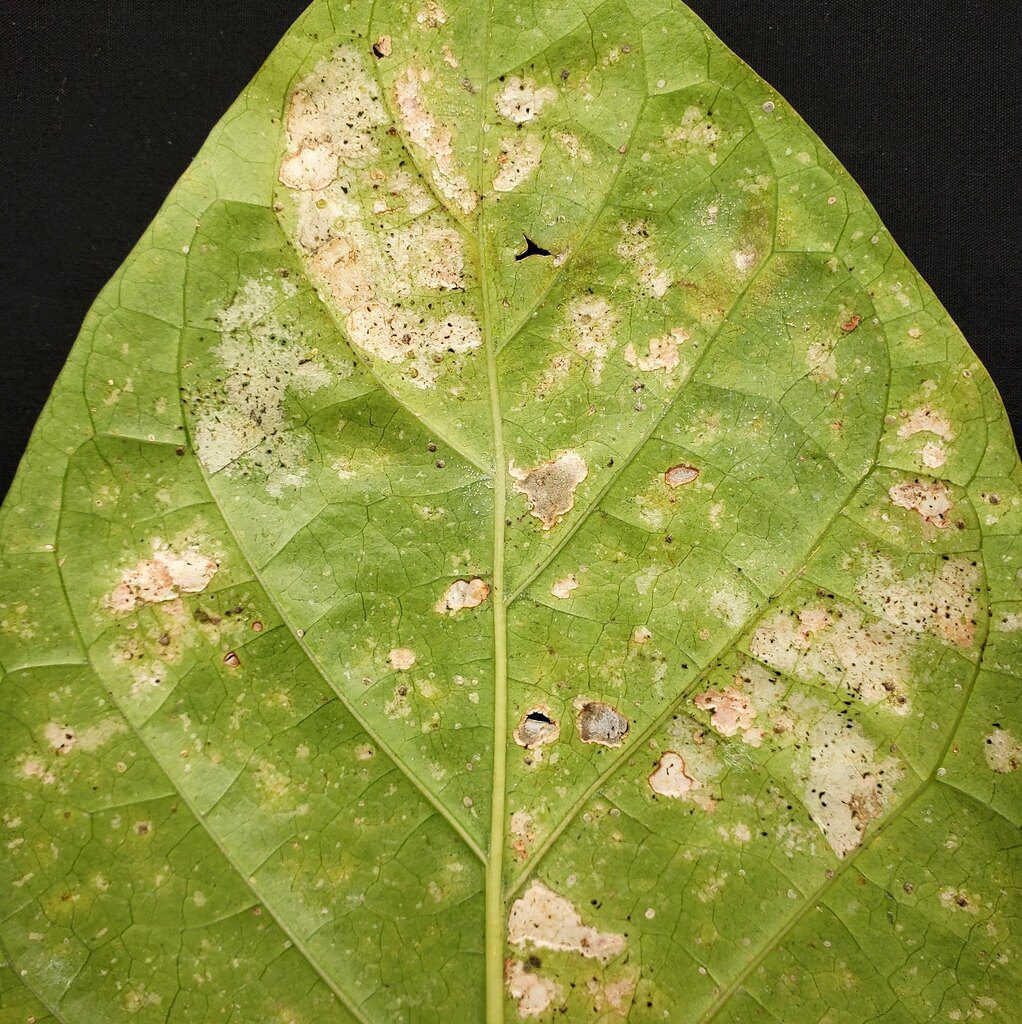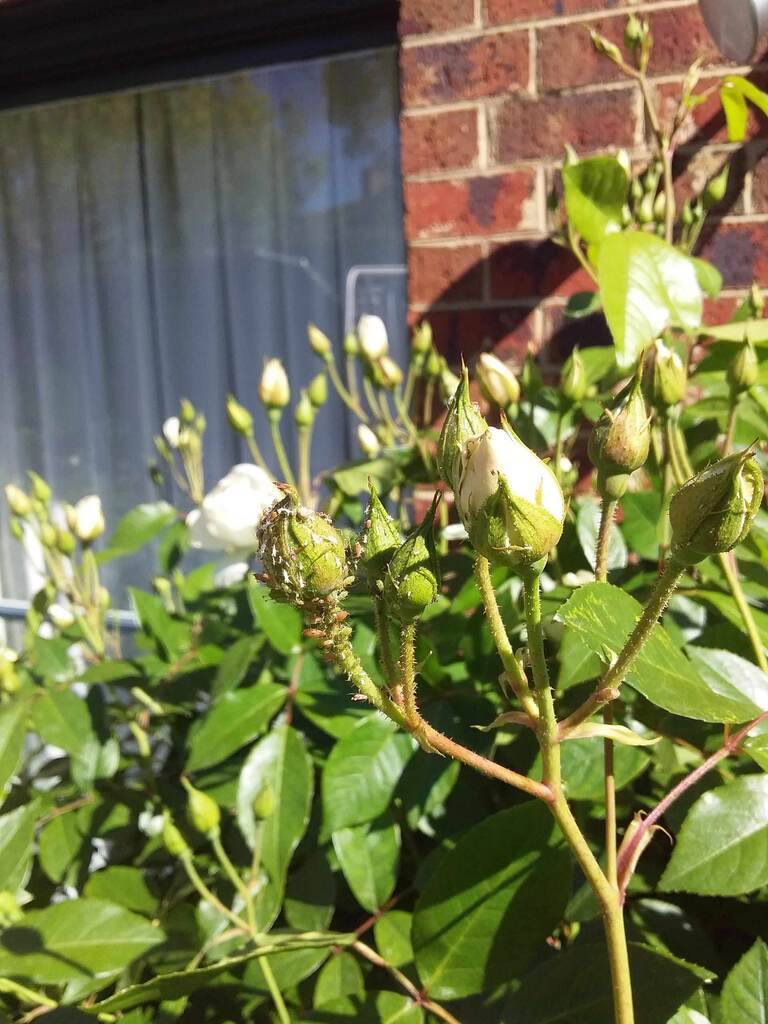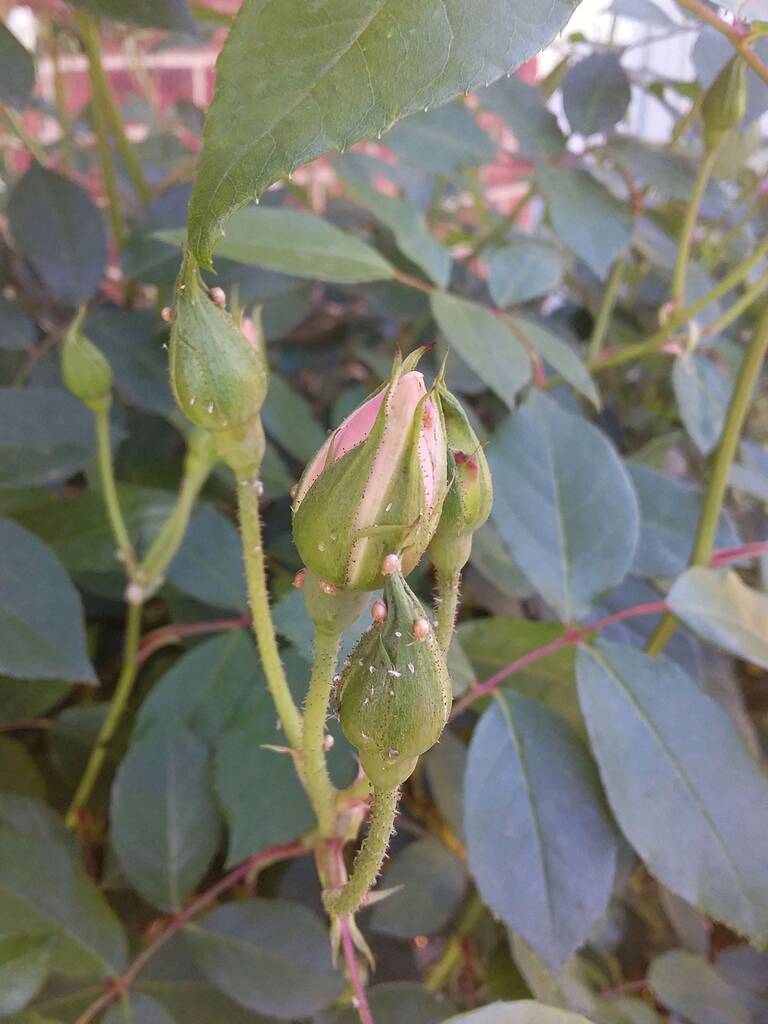
Integrated Pest Management (or IPM) is a holistic method of controlling pests with minimal negative impacts upon the ecosystem. This method of pest management promotes the understanding of natural forces (such as soil health and beneficial organisms), and the knowledge on how to harness them for the best long-term results, without totally ignoring the use of chemicals.
This article is aimed at teaching you the basic concepts of IPM and give you the tools you need to implement it into your routine.
Patience Is A Virtue
This is not a short-term approach. We are going to use this philosophy to build strong, resilient gardens and it’s going to take a little bit of time for all of the different factors to take work together synergistically.
Each time you encounter a pest, you’ll do research into what it’s likely to be based on the plant species, your location, the damage to the plant, and what the pest looks like if you’re able to get a good look at it. Take a photo if you can!
If you don’t already keep records of your observations in the garden, now is an excellent time to start. Not only is it an enjoyable and mindful habit to have, but it’s also going to be key to your IPM adventure.
Observing your garden really is step 1 in an IPM approach, so get used to taking a walk around your garden and looking at every plant regularly.
So, We’ve Identified A Pest
Once we have positively identified a plant pest, we may have to use a range of methods to deal with it in the short term and in the long term to ensure plant longevity and maximal profits in the commercial/agricultural sectors.

Thrips are tiny sucking insect pests that pierce leaves and flowers and suck moisture and nutrients out, leaving plant tissue deformed, dry and brown, white or yellow. Image source
Pest issues can quickly get out of hand and make our plants look ugly or reduce production, so proper management requires constant monitoring in order to remedy them.
Methods Of Integrated Pest Management
The New South Wales EPA identify 6 IPM methods:
1. Cultural methods – controlling the environment and conditions for optimal plant health, for example avoiding chemical use to encourage beneficial organisms, amending the soil, or providing shade from the hot midday sun.
2. Physical methods – those that physically remove pests or keep them away, including squashing aphids with your fingers, putting a net over your fruit tree, or setting up sticky traps.
3. Genetic methods – selecting genetic stock that is able to withstand the conditions. Be careful when choosing your plants – are they known to be susceptible to a certain pest or disease that is common in your area, or are they from a completely different type of climate?
4. Biological methods – the use of beneficial organisms to improve plant health or crop yield, such as releasing predator insects, or providing habitat for pollinators.
5. Chemical methods – if the above methods aren’t appropriate then chemical pesticides, such as insecticides, fungicides or bactericides can be considered as a short-term solution, with the least toxic (but viable) option being chosen first.
6. Regulatory methods – preventing pests and diseases entering and spreading within the country in order to avoid unnecessary pest issues in the first place. We do a good job here in Australia of preventing unknown fruits, veg and other plant parts from entering the country.
How To Apply IPM In The Field
Not all of your poor plant health symptoms are going to be due to a pest. Some of them are going to be due to other problems like lack of water, sunlight, transplant shock, frost burn etc. The symptom of necrosis (dead plant tissue) can be caused by sunburn while appearing like fungus or pest damage.
Ideally, we will have chosen a good genetic variation for the space rather than something that is highly susceptible to pests, and we will have maintained good cultural methods so that we give our plants the best possible start. When we make a positive identification on a pest, we can make physical and/or biological methods our first weapon of attack.
Sometimes picking the pests off by hand can be a good method, but if they come back too regularly or there are too many you might want to look into using a pheromone/sticky trap or introduce predator insects. Do your research and find which predators you want to introduce and find a local source of them that can be sent to your door. Bugs for Bugs is a great Australia-wide option.
If we need an immediate result, we might want to reach for a horticultural oil which is usually perfectly safe for plants except on hot sunny days when they may cause burns on the leaves. Most horticultural oils like white oil work by smothering insects and their eggs indiscriminately (beneficial and pest alike), and must be sprayed onto the pest directly.
Neem oil (sourced from the neem plant) has the added benefits of being distasteful towards munching and sucking insects, and having a insecticidal/fungicidal effect on some other insects and fungi species. Keep in mind that horticultural oils also attack beneficial insect and other organic activity that you have going on.
Only when we have exhausted all other options should we consider spraying pesticides, fungicides and other chemicals on our plants. Sometimes chemicals are just a necessary evil, especially if a particularly nasty disease outbreak occurs, however they are not a viable long-term solution. Always follow the label on any chemicals you add.
Systemic pesticides are absorbed through the leaves and make the whole plant poisonous, which can be time-consuming to take effect unless directly sprayed onto the pests. By the time the pesticide has worked throughout the plant system, the pests may have already done significant damage.
If an immediate result is needed we are better off using a horticultural oil which can also be much less detrimental to beneficial organisms living symbiotically with the plant than a systemic chemical.
Plants actually rely on a wide range of organisms to gain nutrients and get protection from the world and the healthiest plants are often those that are in partnership with lots of beneficial organisms. When we spray chemicals on them we damage their relationships, often welcoming in future attacks due to a lack of defense.
What we really want are healthy, thriving, social plants growing in the right conditions with our constant loving gaze watching over them.
Real-Life Example
Recently I came across an aphid problem on some roses and implemented a bit of IPM magic. Do you know what the method of eradicating the pest was?
It was to do nothing.
Aphids appeared on some ornamental iceberg roses, and the customer did not want to use any chemicals including white oil. We left the plants alone, and within a couple of weeks, predator wasps had appeared and totally controlled the infestation.

Rosebuds infested with aphid insect pests. Photo via Plants Grow Here

Rosebuds showing aphid mummies, which are a result of predatory wasps laying eggs in the aphids’ heads and their larvae feeding on them. Photo via Plants Grow Here
Conclusion
The Integrated Pest Management approach is the modern approach to keeping our plants happy and safe from pests and diseases. As this model becomes more widely practised, we should start to see an increase in insect life, plant health and crop yields.
Even if you’re absolutely resolute on avoiding chemical use, it’s still a great little philosophy to understand. Just get rid of the fifth method (chemical use) and you’ll be as good as gold.
Where To From Here?
Now that you’ve got a bit of an understanding of Integrated Pest Management, it might be time to learn a little bit more about some of the common pests and plant diseases we encounter out there in the field, and how to deal with them.
Poor soil health and a lack of biodiversity can also contribute to reducing a lot of problems. With a lot of help from a hospitable environment and some friendly critters, our plants are strengthened!
